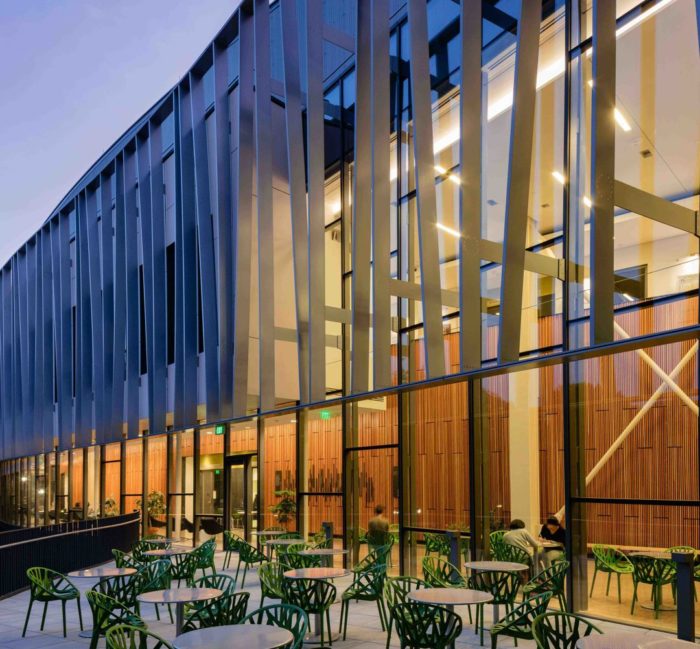
Image Credit: Richard Barnes
An architect at a New York-based firm is leading an effort to introduce new features into building façades that will reduce the number of bird strikes, a problem that kills an estimated 750 million birds every year.
Guy Maxwell, a partner at Ennead Architects, is working with Audubon chapters, glass manufacturers, and others to study what architectural features successfully deter bird strikes, and introduce them into building designs, according to an article posted at Wired.
Maxwell began the venture some 15 years ago after his firm designed the Rose Center for Earth and Space at the American Museum of Natural History. As dramatic as it was, the giant glass building also proved deadly for birds that couldn’t tell it was there.
Since then, Maxwell and his partners have created two research facilities where different building and glass features can be tested. Among other things, they’ve discovered that birds will not try to fly through vertical patterns less than 4 inches apart. The group has worked with glass manufacturers to produce ceramic patterns and UV coatings that let birds know the glass is a barrier to be avoided.
Their research is on display at the Bridge for Laboratory Sciences at Vassar College. Vertical metal sunscreens and a special UV coating on glass manufactured by Arnold Glas, plus ceramic fritting in the glass, all are designed to keep birds from colliding with the building.
Maxwell’s group has made progress, including the introduction of a pilot credit in the LEED certification program that rewards collision deterrence. But Maxwell would like to see more research, new legislation, and a wider appreciation among architects about what they can do.
“I’m amazed that there are still many people who don’t realize the enormity of the problem,” Maxwell told Wired.
Weekly Newsletter
Get building science and energy efficiency advice, plus special offers, in your inbox.











0 Comments
Log in or create an account to post a comment.
Sign up Log in